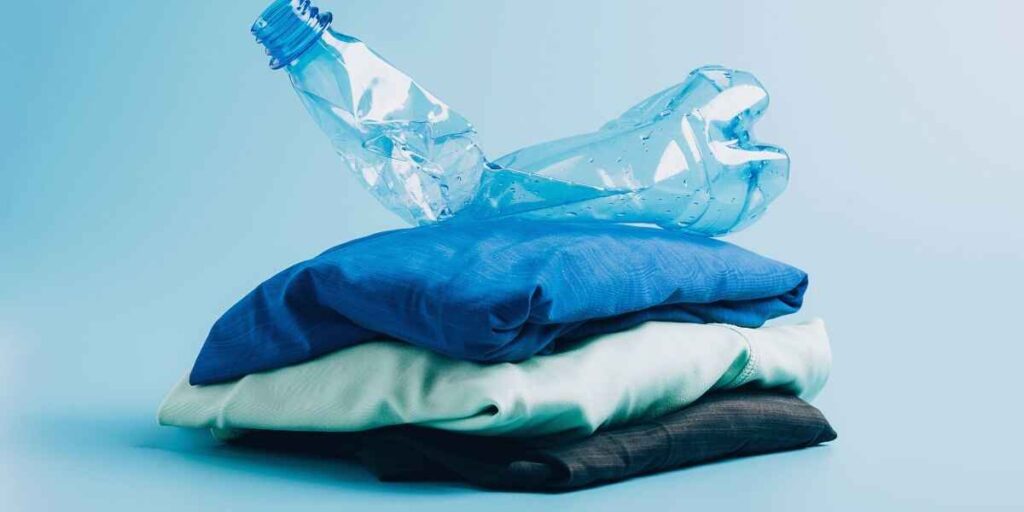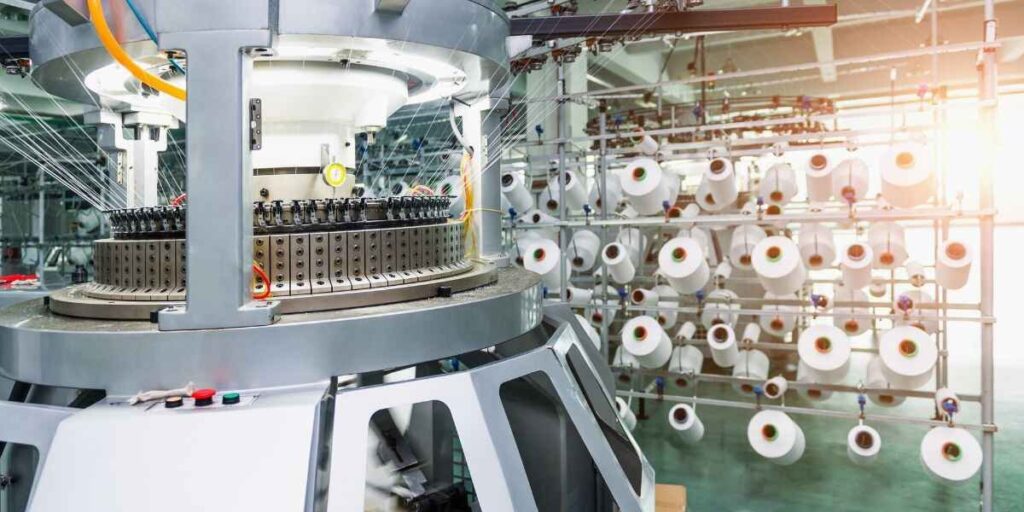Orange Fiber
Mushroom Leather
We create Eco-Friendly Fabrics from citrus juice byproducts. This silky fabric is biodegradable and ideal for luxury fashion. It provides a unique blend of sustainability and high-end appeal.
This leather, is made from the root structure of mushrooms. It’s a biodegradable and sustainable alternative to animal leather, used in fashion, accessories, and even furniture.

Popular Types of Eco-Friendly Fabrics
- Organic Cotton
- Bamboo Fabric
- Hemp Fabric
- Recycled Fabrics
- Linen
This fabric is soft, breathable, and ideal for a wide range of clothing.
Bamboo fabric is known for its softness and breathability. Bamboo grows rapidly without the need for pesticides or excessive water, making it a highly sustainable resource. It’s often used in clothing, bedding, and towels.
Hemp is one of the oldest and most eco-friendly fabrics. It grows quickly, requires minimal water, and enriches the soil. Hemp fabric is durable, breathable, and naturally resistant to mold and UV light.
These fabrics help reduce landfill waste and lower the demand for virgin materials. They are versatile and used in everything from activewear to accessories.
It is highly durable, breathable, and gets softer with each wash.

Benefits of Eco-Friendly Fabrics
Revealing Eco-Friendly Fabrics offer a multitude of benefits. Environmentally, they reduce resource consumption and pollution. Recycled fabrics, like those made from plastic bottles, help reduce waste. They are often free from harmful chemicals, making them safer for skin contact and reducing allergic reactions.
What Are Eco-Friendly Fabrics?
The textile industry, as a whole, is responsible for a substantial amount of global pollution and resource depletion.
Conclusion
Revealing Eco-Friendly Fabrics represent a significant step towards a more sustainable fashion industry. From reducing environmental impact to providing healthier, more comfortable clothing, these materials offer numerous benefits. As consumers and businesses alike embrace these trends, the future of fashion looks greener and more responsible.
Eco-friendly fabrics are materials produced with minimal environmental impact, often involving organic or recycled materials.
Look for certifications like GOTS or OEKO-TEX and research the fabric’s environmental impact.
They help reduce pollution, conserve resources, and promote ethical production practices.
Revealing Eco-Friendly Fabrics of environmental footprint, the fashion industry is undergoing a significant transformation. One of the most exciting developments in this realm is the rise of eco-friendly fabrics. Let’s dive into the latest trends and innovations in sustainable textiles.

Revealing Eco-Friendly Fabrics Trends
Orange Fiber
Mushroom Leather
We create Eco-Friendly Fabrics from citrus juice byproducts. This silky fabric is biodegradable and ideal for luxury fashion. It provides a unique blend of sustainability and high-end appeal.
This leather, is made from the root structure of mushrooms. It’s a biodegradable and sustainable alternative to animal leather, used in fashion, accessories, and even furniture.

Popular Types of Eco-Friendly Fabrics
- Organic Cotton
- Bamboo Fabric
- Hemp Fabric
- Recycled Fabrics
- Linen
This fabric is soft, breathable, and ideal for a wide range of clothing.
Bamboo fabric is known for its softness and breathability. Bamboo grows rapidly without the need for pesticides or excessive water, making it a highly sustainable resource. It’s often used in clothing, bedding, and towels.
Hemp is one of the oldest and most eco-friendly fabrics. It grows quickly, requires minimal water, and enriches the soil. Hemp fabric is durable, breathable, and naturally resistant to mold and UV light.
These fabrics help reduce landfill waste and lower the demand for virgin materials. They are versatile and used in everything from activewear to accessories.
It is highly durable, breathable, and gets softer with each wash.

Benefits of Eco-Friendly Fabrics
Revealing Eco-Friendly Fabrics offer a multitude of benefits. Environmentally, they reduce resource consumption and pollution. Recycled fabrics, like those made from plastic bottles, help reduce waste. They are often free from harmful chemicals, making them safer for skin contact and reducing allergic reactions.
What Are Eco-Friendly Fabrics?
The textile industry, as a whole, is responsible for a substantial amount of global pollution and resource depletion.
Conclusion
Revealing Eco-Friendly Fabrics represent a significant step towards a more sustainable fashion industry. From reducing environmental impact to providing healthier, more comfortable clothing, these materials offer numerous benefits. As consumers and businesses alike embrace these trends, the future of fashion looks greener and more responsible.
Eco-friendly fabrics are materials produced with minimal environmental impact, often involving organic or recycled materials.
Look for certifications like GOTS or OEKO-TEX and research the fabric’s environmental impact.
They help reduce pollution, conserve resources, and promote ethical production practices.



I am really impressed along with your writing skills and also
with the layout to your blog. Is this a paid topic or did you customize it your self?
Either way keep up the excellent quality writing, it is rare to look a nice weblog like this one nowadays.